##The Citadel of Jaca inaugurated this Monday (29 March) the painting and sculpture exhibition “Jacetania. Route of Knowledge. Path of Peace” by María Gómez, professor at the University of Valencia. The exhibition can be visited until 9 May and will subsequently travel to other cities. Alfonso Salillas (Managing Director of Aragon Tourism) and Colonel Francisco Rubio Damián (Director of the Castle of San Pedro de Jaca) were present.
The exhibition is the starting point of a much broader international cultural project, of an itinerant nature and international vocation, which will begin in Spain and is expected to be developed, in the coming years, in other parts of Europe, Latin America and the Middle East, with the common thread of the Way of the Holy Grail, Route of Knowledge, Way of Peace.
La Jacetania, with Jaca as the cradle of the Kingdom of Aragon, was a region of crucial importance in the history of Aragon and, consequently, of Spain. It is the Land where the Holy Grail was guarded, hidden and defended for centuries, the most sought-after relic of the whole of the Western Middle Ages, which came from Rome to this region by order of Saint Lawrence and has been preserved since 1437 in the Cathedral of Valencia.
María Gómez’s exhibition forms part of the activities since 2002 by the Asociación Cultural Camino del Santo Grial to enhance the value, promotion and projection of the route formed by the places through which the chalice passed, as a backbone of the territory and a resource for the social, cultural and economic development of these villages, towns and cities.
In 2021, in the second Jubilee Year of the Holy Chalice of the Cathedral of Valencia, the relevance of the route that the enigmatic relic travelled through Aragonese lands makes more sense than ever. And more than ever, La Jacetania claims to be a Grail Territory.
María Gómez is a lecturer in the Department of Art History in the Faculty of Geography and History at the University of Valencia. Recognised as Europe’s leading expert in the restoration of burnt paintings, advisor to the Scientific Committee of the Royal Monastery of Santa María de Sijena (Huesca) and vice-president of the International Scientific Commission for the Study of the Holy Grail, she is the alma mater of the international exhibition Jacetania. Route of Knowledge, Path of Peace.
Since 1991, the Aragonese María Gómez has carried out the restoration of a large number of badly burnt paintings in Valencia Cathedral, as well as locating and finding works of art that have disappeared since the Civil War of 1936, among other important works. Her extensive and prestigious career places her as one of the leading experts in the recovery of burnt art at an international level, which led her to be proposed to restore paintings burnt in the fire at the Parisian cathedral of Nôtre Dame, in 2019.
The exhibition Jacetania. Route of Knowledge. Camino de la Paz presents a collection of unpublished paintings and drawings made expressly for this exhibition, in which the main enclaves where the Holy Chalice was kept take centre stage. These include Bailo, Sasabe, Siresa and San Juan de la Peña, without forgetting Jaca, capital of La Jacetania, and other nearby villages and areas with an important historical, cultural and natural heritage, where the grail was also hidden, such as Yebra de Basa.
In addition, this series is completed with recreations of the relic seen through different pictorial styles, recreating new forms of the object, where the figurative is reconverted into avant-garde styles and a very personal interpretation.
Finally, a set of sculptures made up of large-format pieces completes the show, in a surprising exhibition that becomes a tribute to the Holy Grail, Jaca and La Jacetania and their historical and cultural heritage in a unique setting: the Castle of San Pedro.
Report by 24/7 Valencia team
VISUAL VISIT TO EXHIBITION: https://youtu.be/m1LHZrl5zgw
Photo by Rebeca Ruiz
Related Post
This site uses Akismet to reduce spam. Learn how your comment data is processed.


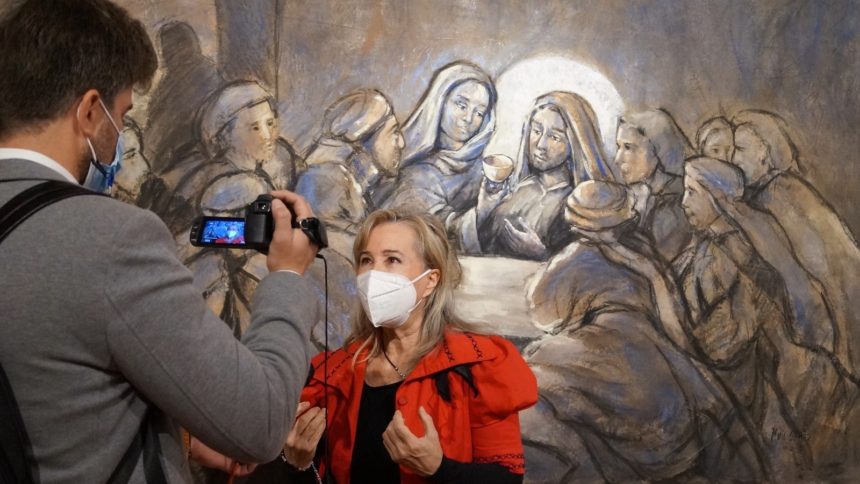
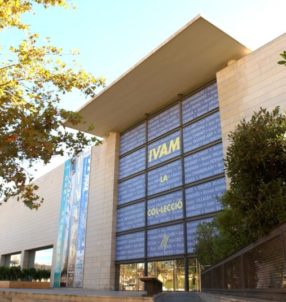
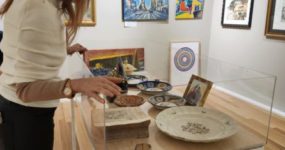
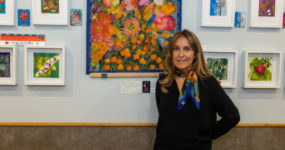
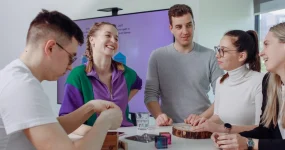
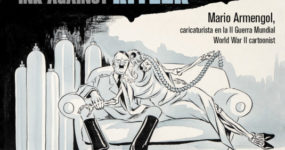

















Leave a comment